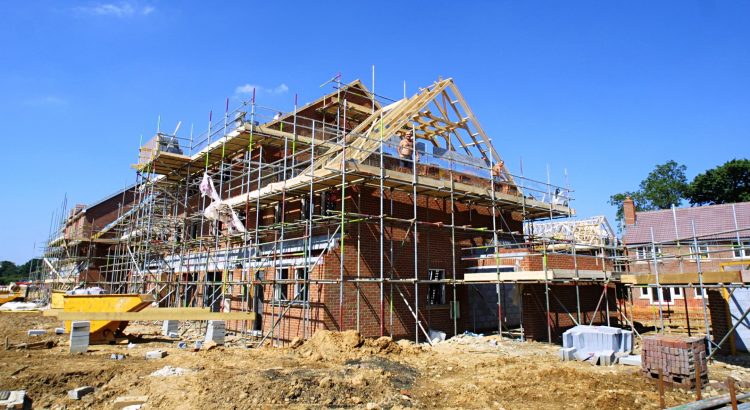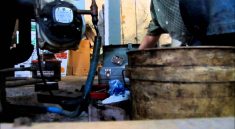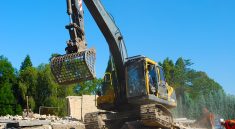Building aggregates or construction aggregates are widely utilised in the construction industry. The varied category of the medium and coarse-grained materials involve crushed stone, gravel, sand, geosynthetic cluster, sand, recycled concrete, etc.
The building aggregates play a crucial part in rendering strength to the concrete. Again, they are vividly used to fill pits, present drainage, give hard finish and protect pipes. Not only this, the building aggregates are the important parts in the process of sewage treatment and water filtration.
The size of the aggregates must be equiangular and round. The best thing is that the aggregates are mined in the highest quantity in the whole construction world. The composite materials’ component is mainly asphalt concrete and concrete.
The building aggregates have high hydraulic conductivity. The drainage applications are mostly seen involved with them such as septic drain, edge drain, field drain, wall drain, French drains, etc. The base materials under the roads, building foundations and railroads are mainly aggregated.
Natural sand, crushed stones, natural gravel are considered as fine aggregates. The size distribution and grading of the building aggregates are essential as these aspects help in determining the requirement of paste for the feasible concrete.
The aggregates are the most stable foundation of any erected property like building, road, etc. The cost of aggregates is not high.The well-graded aggregates found in the cement mixture decrease the existence of the air gaps and provide enough durability and hardiness to the concrete. The aggregates are usually combined with asphalt and cement to generate concrete.
The physical properties of the building aggregates are permeability, absorption, elasticity, porosity, strength, distinct gravity, density, the toughness of the minerals and surface texture.
We can comprehend the quality of the aggregates by considering:
- Clay coating
- Cleanliness
- Contaminates
- No trace of harmful chemicals
- Long lasting particles
- Toughness
It should be checked that the aggregates must not affect the cement hydration. Besides, they should not lower the bond of paste and aggregate. The finest building aggregates are chemically inert and have fair tolerance capability.
Try to avoid aggregates that are vulnerable to split or crack. The porous and soft agglomeration is not good. The poor quality aggregates can end up in pop outs or surface defects. They weather away easily and do not last long due to the low resistance power.
The compressive strength of the cement comes from the high-quality aggregates. Good aggregates are a money saver. The builders choose the allowable size of the aggregates. The larger sized coarse materials decrease the concrete mix cost by lowering the requirements of the cement and water. The reduced water content lessens the shrinkage and cracking potential.
The recycled aggregates are very useful. They cut down the shipping cost. The construction industry doesn’t have to mine new aggregates. Instead of dumping the useful wastes, they can be reused by saving the environment.
There are plenty of aggregate suppliers that need to be selected very carefully as one may end up in getting low graded building aggregates without much understanding. Whatever you construct, whether it is a mansion, a road, a bridge, a railroad, etc., good quality aggregates are needed to give shape to the strong base.




